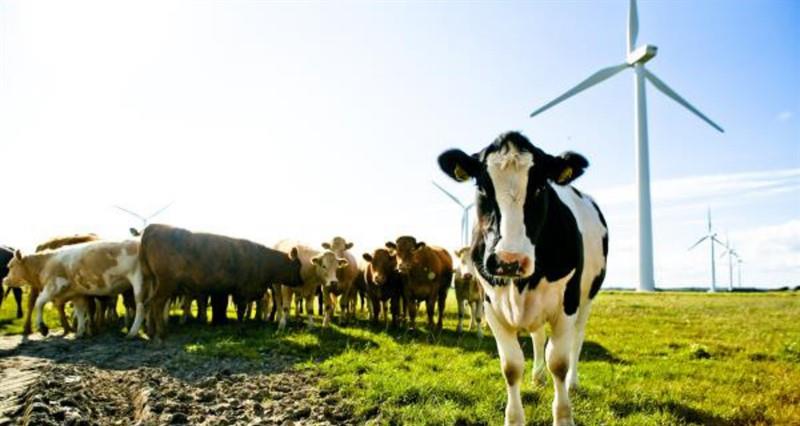We communicate a range of indicators of economic activity in the UK labour market that can be used as a guide for employers when conducting periodic pay reviews for workers.
The indicators include average weekly earnings, wages including the National Minimum Wage and the National Living Wage, cost of living (Consumer Price Index and Retail Price Index) and farm business profitability.
Headline figures – June 2024
Key Labour Market Indicators are designed to provide headline figures on the wider economic and labour market conditions in the UK. This can be used as a quick reference guide when conducting periodic pay reviews for workers.
Earnings in the economy
+6.0% AWE (Average Weekly Earnings)
This is the key National Statistics indicator of short-term earnings growth and with monthly estimates of the level of AWE per worker/employee. It provides details of AWE for the UK economy as whole as well as the level of pay within other sectors. The year-on-year change in average pay is a useful indicator of wage changes in the wider economy.
Figures from the ONS (Office for National Statistics) show wage growth was 6.0% in the three months to April.
Earnings are still outpacing inflation. Annual average regular earnings growth for the public sector remains strong at 6.4%. For the private sector, this was 5.8%, with growth last lower than this in April to June 2022 (5.4%).
The finance and business services sector saw the largest annual regular growth rate at 6.9%, while the construction sector saw the smallest annual regular growth rate at 2.9%.

Wage rates
£11.44 Current NLW rate
The government has announced increases to wage rates. The new rates came into effect on 1 April 2024.
The NLW paid to workers aged 23 or over has increased from £10.42/hour to £11.44/hour. The new rate also applies to 21 and 22-year-olds for the first time.
The rate for 18-20-year-olds has risen by 14.8% to £8.60. The apprentice rate has increased to £6.40.
In addition, the accommodation offset has risen by 9.8% to £9.99 per day.
16- and 17-year-olds have seen an increase of 21.2% to £6.40.
For more information, visit: National Living Wage and Minimum Wage increases – what you need to know.
| Rates from April 2024 | |
| NLW 23+ | £11.44 |
| 21-22-year-old rate | £11.44 |
| 18-20-year-old rate | £8.60 |
| 16-17-year-old rate | £6.40 |
| Apprentice rate | £6.40 |
| Accommodation offset | £9.99 per day |
Source: Low pay commission
Cost of living
+2.0% CPI (Consumer Price Index)
CPI measures changes in the price level of the labour market based on consumer goods and services purchased by households. RPI measures inflation, but also includes the costs of housing (e.g. mortgage interest costs and council tax), while CPI does not.
The UK inflation rate as measured by the Consumer Price Index (CPI), has hit the Bank of England's target for the first time in almost three years.
Prices rose at 2% in the year to May, down from 2.3% the month before, according to figures from the ONS.
Inflation in the services sector still remains stubbornly high, though falling from 5.9% to 5.7%.
The UK is a majority service-based economy, meaning that service inflation has a large influence on overall inflation.

Farm business profitability
-9.8% TIFF (Total Income from Farming)
Defra has published results of TIFF for 2022. The TIFF is a measure of the performance of the whole agricultural industry in the UK.
The profitability of UK farming UK for 2023 was £7.2 billion, a decrease of £0.8 billion (-9.8%) from 2022.
Following historically high commodity prices in 2022, driven by global events, there were reductions in the commodity prices of key crops and livestock outputs.

Sign in if you’re already a member


